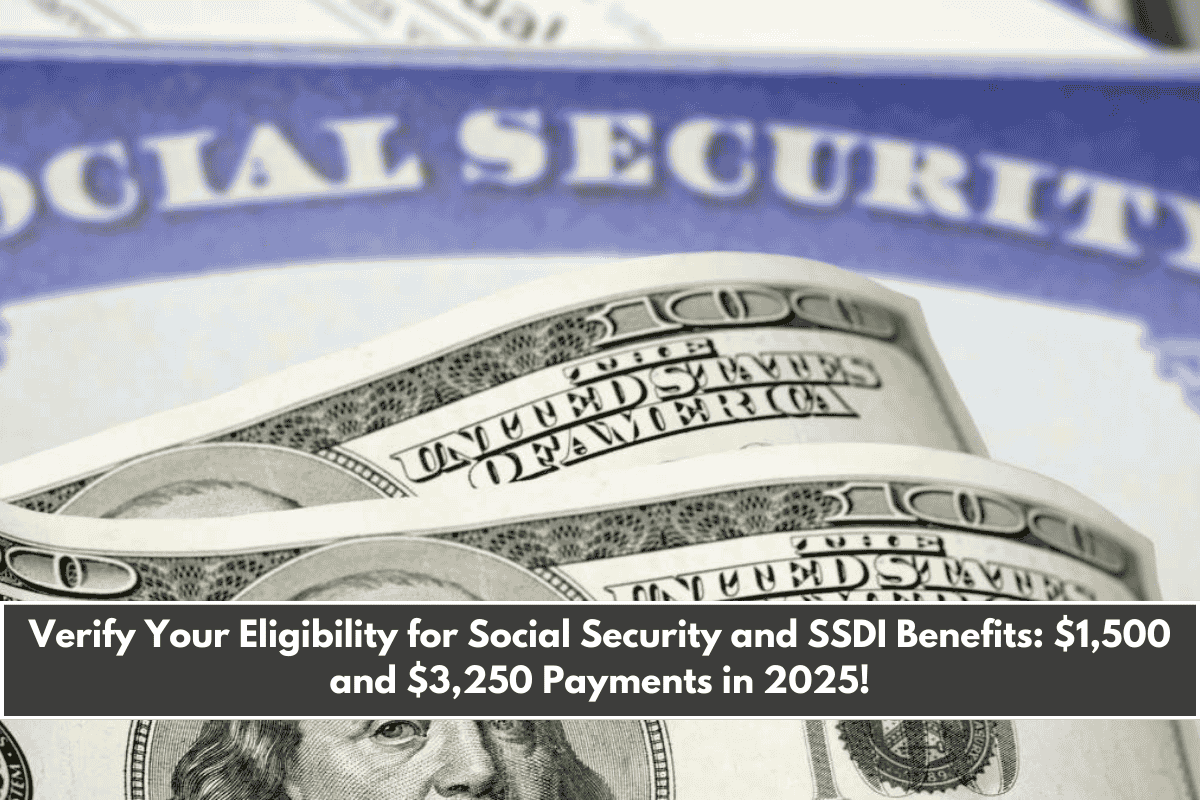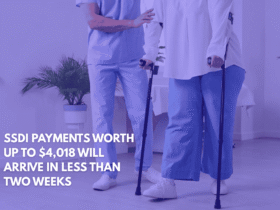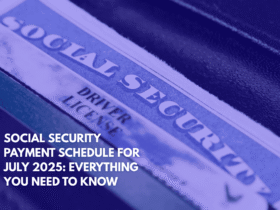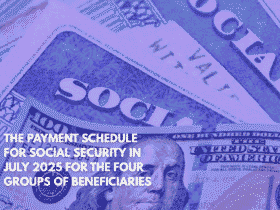If you’re expecting Social Security or SSDI benefits in March 2025, you may have heard about payments of $1,500 or even $3,250. These figures have created confusion, especially for beneficiaries and caregivers trying to understand what they mean.
With the 2.5% COLA increase in 2025 and adjusted payment schedules due to weekends and holidays, it’s possible to see what looks like double payments in some cases. Let’s break it all down.
What Are These $1,500 and $3,250 Payments?
These payment amounts are not one-time bonuses or special checks. Instead, they are the result of regular Social Security or SSDI benefits that may be combined in one month because of:
- COLA increases
- Adjusted payment schedules
- Dual benefits (e.g., SSDI + SSI)
March 2025 Payment Highlights:
| Key Item | Details |
|---|---|
| Average Payment | $1,500 (single benefit) |
| Combined Payment | Up to $3,250 (SSDI + SSI or back-to-back deposits) |
| COLA Increase | 2.5% (effective January 2025) |
| Reason for Increase | Scheduling shifts and annual cost-of-living adjustment |
| Who’s Affected | Retirement, SSDI, and SSI beneficiaries |
Understanding Social Security, SSDI & SSI
1. Social Security Retirement Benefits
- For people 62 and older with at least 40 work credits
- Benefit based on your highest 35 years of earnings
- The maximum benefit in 2025 is around $4,018/month
2. SSDI (Social Security Disability Insurance)
- For workers with a qualifying disability
- You must have enough work credits
- In 2025, the SGA (Substantial Gainful Activity) limit is $1,620/month
3. SSI (Supplemental Security Income)
- For people with low income and limited assets
- You do not need work history
- 2025 maximum monthly payment is $967 for individuals, $1,450 for couples
Why Do Payments Seem Higher in March 2025?
Two main reasons:
1. COLA Adjustment
The 2.5% COLA (Cost-of-Living Adjustment) started in January 2025, meaning every monthly payment from then onward is slightly higher than in 2024.
2. Adjusted Payment Schedule
If your payment date falls on a weekend or holiday, the SSA issues your payment on the closest prior business day. In March 2025, this could result in early deposits or a back-to-back schedule that creates the appearance of a double payment.
Example: If your February payment is pushed to March 1 and your regular March payment falls on March 27, it could look like you received $3,250 in one month—but it’s really two payments for two months.
Payment Schedule for 2025
Your payment date depends on your birth date:
- 1st–10th: 2nd Wednesday
- 11th–20th: 3rd Wednesday
- 21st–31st: 4th Wednesday
Special Cases:
- SSI payments: 1st of each month (or earlier if the 1st falls on a weekend)
- SSDI + SSI: SSDI follows the regular schedule, SSI is paid early
Who Is Eligible for These Payments?
Here’s a simplified overview of who might receive $1,500 or more in March:
Retirement Benefit Recipients
- Must be at least 62 years old
- Must have earned 40 work credits
- Higher benefit if you wait until full retirement age (66–67)
SSDI Recipients
- Must have a qualifying medical condition
- Work credits required based on age
- Must earn less than $1,620/month (non-blind) to qualify
SSI Recipients
- Must have less than $2,000 in assets ($3,000 for couples)
- Very limited income
- May also qualify for state supplements
Real-Life Examples
Example 1: Social Security Retiree with Early Payment
Jane, age 68, receives $1,500/month. Her February payment is deposited on March 1, and her March payment arrives on March 27.
- Result: It looks like Jane received $3,000 in March
Example 2: SSDI + SSI Dual Recipient
Mark, age 50, qualifies for both programs. He receives $2,283/month from SSDI and $967/month from SSI.
- Result: Combined March 2025 payment = $3,250
How to Check Your Payment Schedule and Status
Step 1: Create a My Social Security Account
- Go to ssa.gov/myaccount
- Track payments, earnings history, and estimated benefits.
Step 2: Know Your Benefit Type
- Are you receiving SSDI, SSI, or retirement benefits? This determines your schedule.
Step 3: Review Payment Calendar
- Check if your regular date falls on a weekend or holiday.
Step 4: Set Up Direct Deposit
- Ensures your funds are delivered safely and on time
Protect Your Benefits From Scams
- Never share your Social Security number or bank info by phone or email
- Use only official SSA websites: https://www.ssa.gov
- Report fraud via the SSA Scam Reporting Portal











Leave a Reply